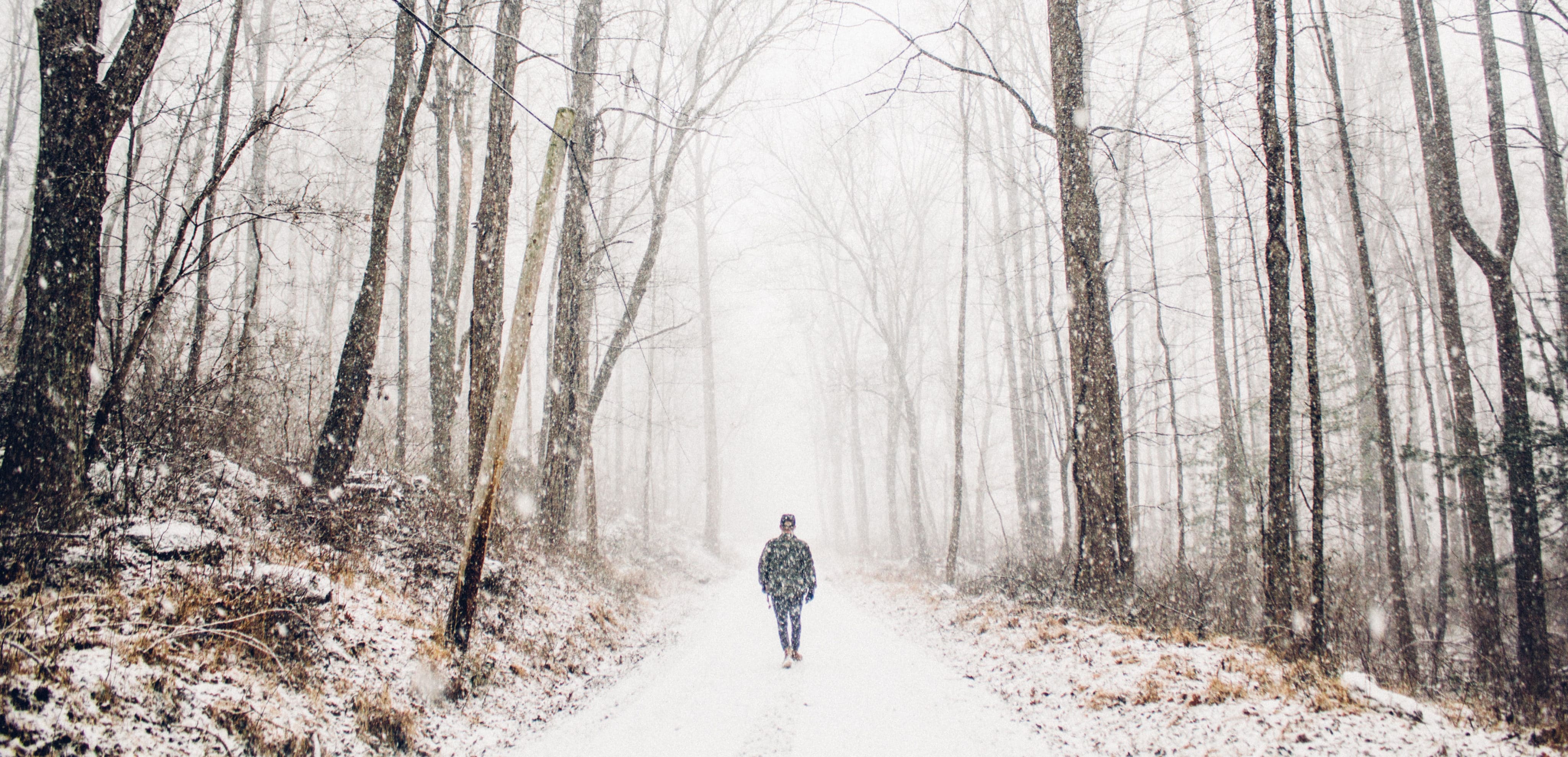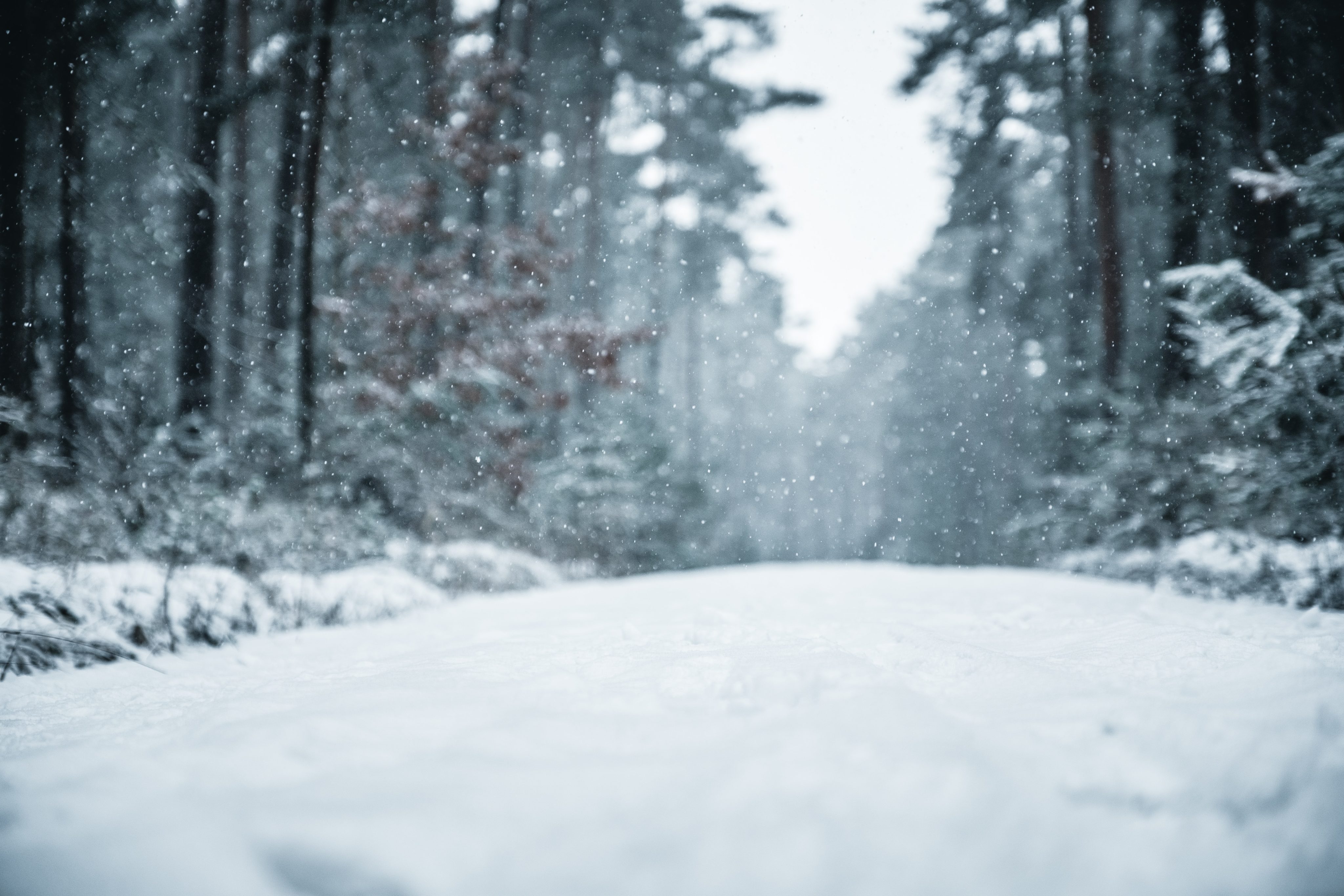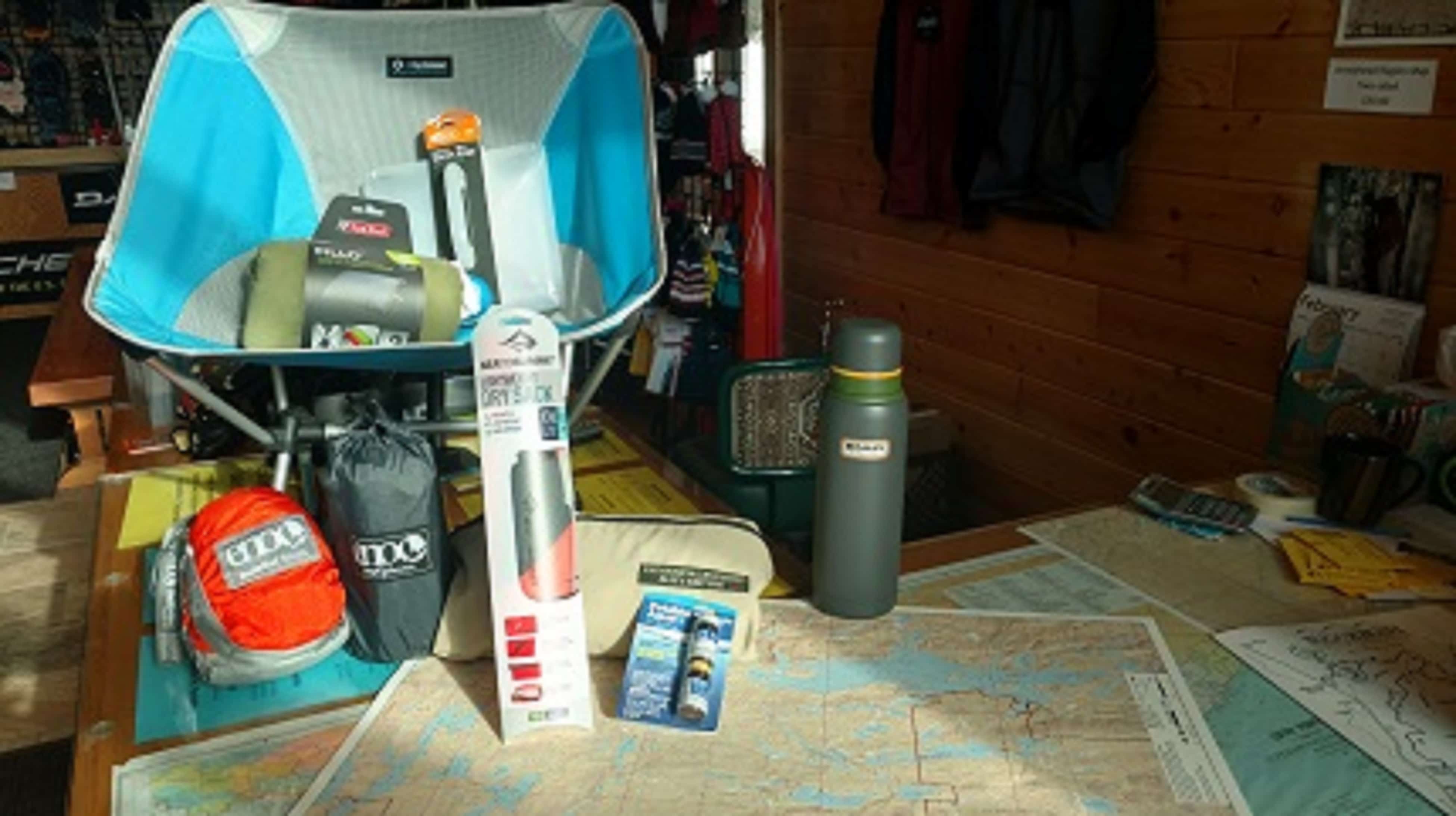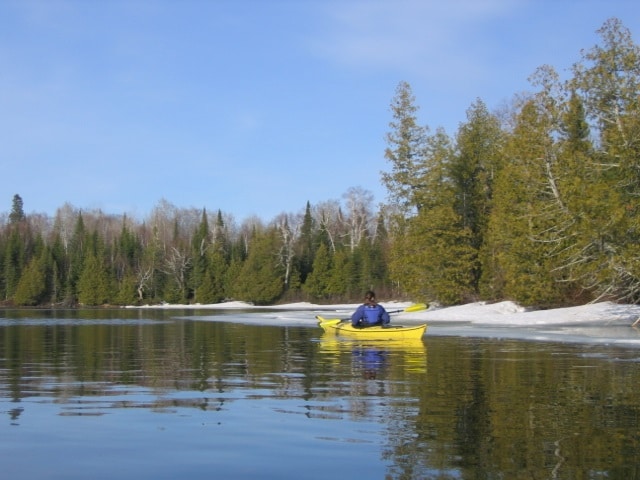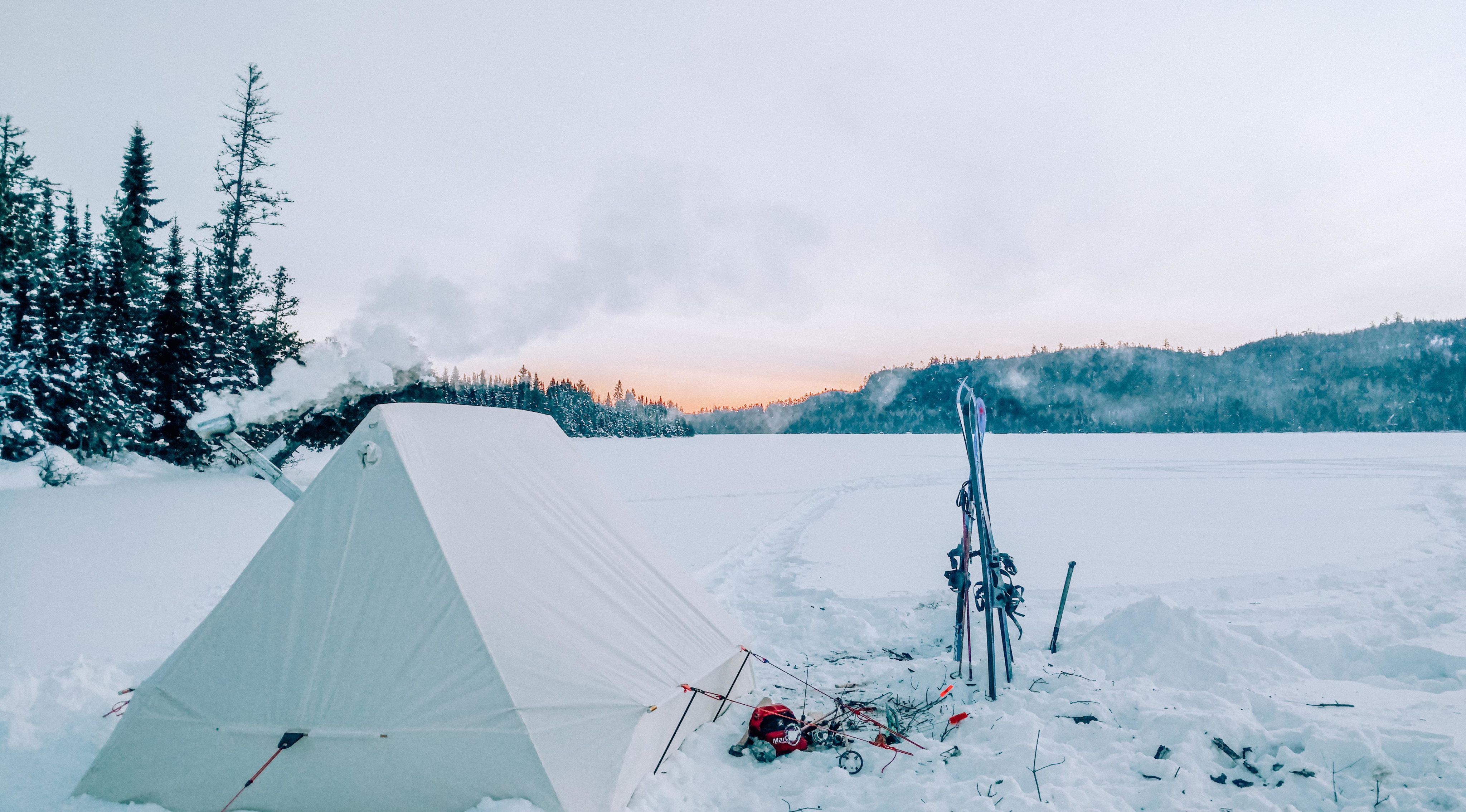Moving and Getting Outside
We think being active and getting outdoors is extremely important. With all of the recent changes that are affecting our lives to slow the spread of Corona virus, we wanted to share a few of our favorite ideas of things you can do while you’re social distancing at home. Outdoor Activities Find some trails. Does your neighborhood have some hiking trails nearby? If so, find your hiking boots (or whatever you have – don’t let your shoes stop you) and take a walk on the trail. Go fast and work up a sweat or take a nice stroll. Walk around the block. Don’t think you need to find a trail or go anywhere special. Sometimes, just stepping out your door for a quick stroll around the block (or 20) will do wonders for your mental and physical health. Above all, if you are able, get outside and walk. Ride your bike. If you have clear, safe roads in your neighborhood, grab a jacket and helmet and go for a ride. Whether it be long or short, getting in the saddle will keep you moving and change the scenery all while keeping a healthy distance from others. Indoor Adventures Plan your next adventure....


